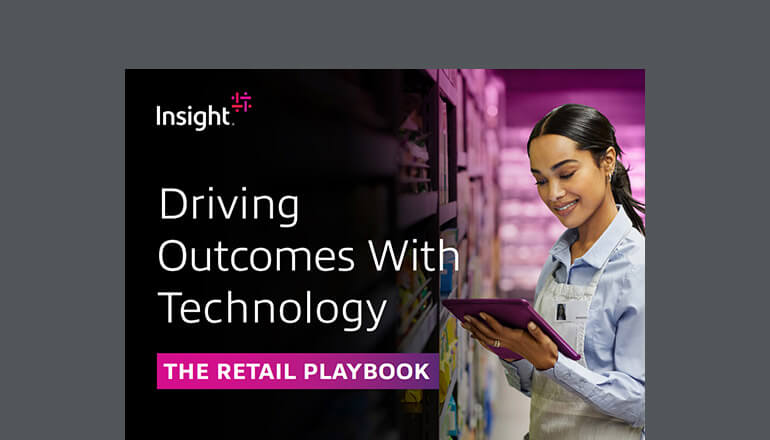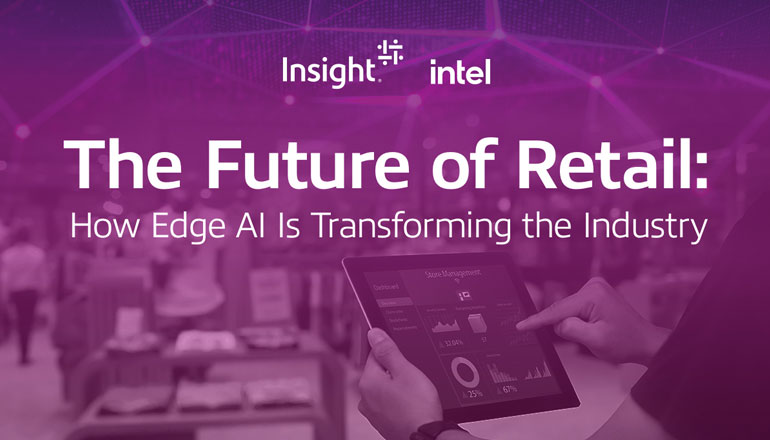In fact, it’s a blend of these two philosophies that has contributed to the success of conglomerates such as Apple, Amazon and Netflix, and led to the coining of the term “customer obsession.”
According to former Vice President and Chief Executive Officer of Netflix Gibson Biddle, “Customer obsession means a healthy preoccupation with customers’ unanticipated, future needs through a mix of research techniques that put the customer in the center of everything you do.”
Regardless of budget or industry, any organization can take these five steps to become more customer-obsessed:
1. Get to know your customers through data.
Quality data acts as a window into the market, informing effective management decisions and, in turn, driving growth. A 2017 McKinsey survey of more than 700 organizations worldwide concluded investments in analytics increased operating profit by 6%.
The good news is, no matter the scope of your business, you’re likely already engaged in some form of data collection. Quantitative data such as sales statistics, revenue patterns and web analytics can provide a big picture overview of which offerings customers tend to like or dislike. Qualitative data from surveys or feedback forms can then help you understand where experiences may be falling short of expectations and why.
A baseline evaluation of existing records will help establish what you already know and what still needs to be discovered about your unique customer base. By identifying gaps in your knowledge of the customer journey, you’ll be able to determine what, if any, additional data needs to be gathered.
If current staff, storage and processing power permit, this information may be collected and stored using an on-site data center. Businesses looking to reduce strain on in-house resources may prefer to host data remotely using managed service offerings or hybrid cloud solutions.
2. Map out the customer journey from start to finish.
Of course, simply collecting data has no value for your customers or your business. It must be analyzed in context in order to understand the consumer experience from start to finish.
One of the most effective ways to accomplish this is by creating a coustomer journey map. As Daniel Newman, principal analyst of Futurum Research and chief executive officer of Broadsuite Media Group, explains, “Effective journey mapping requires several moving parts, and each industry will have its own best practices. [But], there are a few foundational aspects that remain consistent, no matter your field or target customer.”
According to Newman, successful mapping begins with the identification of key customer personas. This involves segmenting data by demographic, method of purchase or product preference to get a sense of your customer base, their motivations and their desired outcomes.
Each of these personas will likely follow a unique path on their customer journey. It’s important to take the time to identify key touchpoints along the way, from first contact through consideration and onto finalization of sale. Analyzing the speed and success of each interaction will allow you to identify which sales techniques are most effective for which groups, and at which stage.
Once you have a complete picture of the customer journey, you can begin to develop a more effective engagement strategy.
3. Deliver service with a personal touch.
Today’s customers share their personal information with the expectation of getting something in return. One of the easiest and most effective ways to deliver on your end of this bargain is to create more personalized user experiences.
According to the 2017 State of Personalization Report by Segment, “54% of consumers expect to receive a personalized discount within 24 hours of identifying themselves to a brand.” And 71% are frustrated when their shopping experience lacks personalization altogether.
Whether it’s a customized email, product recommendation or targeted promotion, personalization offers a powerful way to both acknowledge your customers as individuals and simplify their buyer journey in a meaningful way. Using data to understand what customers are looking for at each stage of the engagement process will provide the information you need to help them along.
If you’re unsure where to begin with personalization, start with your first point of contact. Segment’s report found the majority of consumers agree a company’s website is the most important channel for personalization, closely followed by the customer service experience itself. Depending on the structure of your business, you and your team can determine which of these areas makes the most sense to invest in first.
4. Empower a human experience.
It’s no longer enough to use data to create a better user experience. These days, people are looking for a more human experience.
According to the 2018 customer experience report from PwC, 71% of the U.S. population prefers human interaction to automated alternatives. At the same time, 60% of customers say they’d readily end their relationship with a brand as a result of an unfriendly experience.
In the age of social media, a kind deed can gain your company a loyal following, while a negative encounter can go viral just as quickly. The lesson? Happy people make happy customers. The most successful customer-obsessed companies understand transformation comes from within. Employees need to be empowered by policy and equipped by technology in order to anticipate and respond to customer needs.
Once again, data can help inform these decisions. If feedback indicates frustration with wait times, consider updating processes and equipment to speed employee response. Invest in devices to cultivate greater mobility and automate tedious processes. The less time employees have to spend executing simple tasks, the more they can focus on delivering exceptional customer experiences.
5. Protect consumer privacy and security.
By collecting personal information from your customers, your business takes on the responsibility for protecting that data and customer privacy. If a breach occurs, it may not only impact your business in the short term, but also negatively affect your reputation in the long run.
The 2018 Insight Intelligent Technology Index found data privacy to be the top concern for IT professionals. The increased frequency of cyberattacks, coupled with the introduction of the European Union’s General Data Protection Regulation (GDPR), means businesses not only have to worry about security, but also about compliance.
The methods you use to secure your data will ultimately depend on your infrastructure. Although cloud service offerings often come with a measure of built-in security, they shouldn’t be mistaken for a fail-safe solution.
Any endpoint device with the ability to access your data may be used as an entry point for hackers, so maintaining a comprehensive cybersecurity program remains crucial. Ensure you have a solution in place that can proactively investigate possible threats and immediately respond to a breach if one does occur.
Toward customer obsession
Becoming a customer-obsessed business ultimately comes down to seeing your customers as people rather than as statistics — and making business decisions accordingly. The purpose of technology, whether it’s your data center, devices or security solutions, is to help you identify customer needs and deliver a better experience overall.
The result of becoming obsessed with your customers is that they, in turn, will become obsessed with your business.








